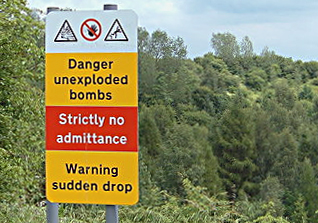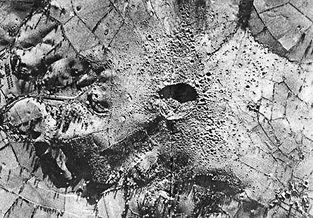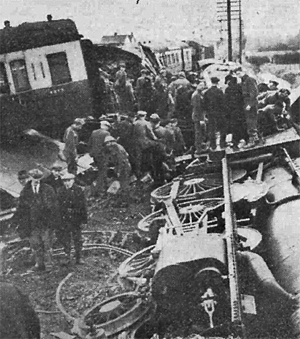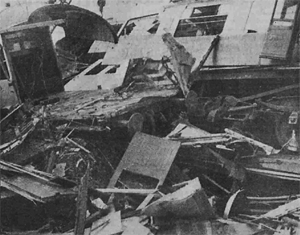|
Just heard that we've been shortlisted for the Corporate LiveWire Regional Business Awards as South West SME Management Consultancy firm of the year.
0 Comments
|
Archives
November 2020
Categories
All
|





 RSS Feed
RSS Feed